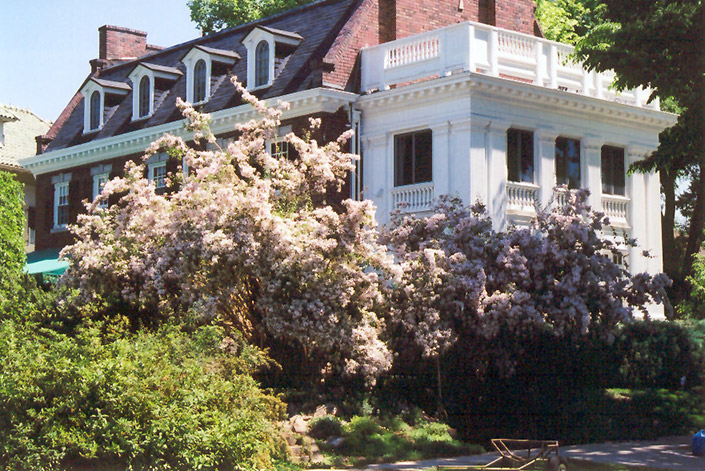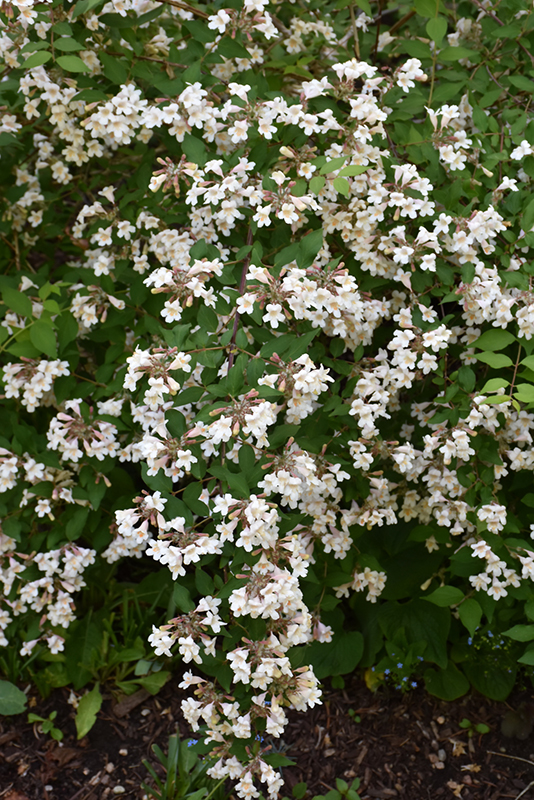Height: 8 feet
Spread: 6 feet
Sunlight:
![]()
Hardiness Zone: 4b
Description:
A medium sized shrub valued for its abundant pink trumpet-shaped flowers in late spring on broadly arching branches; quite leggy, needs underplanting; a single season plant, use in combination with others
Ornamental Features
Beautybush features showy pink trumpet-shaped flowers with yellow throats along the branches in late spring. It has green deciduous foliage. The pointy leaves turn yellow in fall.
Landscape Attributes
Beautybush is a multi-stemmed deciduous shrub with an upright spreading habit of growth. Its average texture blends into the landscape, but can be balanced by one or two finer or coarser trees or shrubs for an effective composition.
This shrub will require occasional maintenance and upkeep, and should only be pruned after flowering to avoid removing any of the current season's flowers. It is a good choice for attracting hummingbirds to your yard, but is not particularly attractive to deer who tend to leave it alone in favor of tastier treats. It has no significant negative characteristics.
Beautybush is recommended for the following landscape applications;
- Mass Planting
- General Garden Use
Planting & Growing
Beautybush will grow to be about 8 feet tall at maturity, with a spread of 6 feet. It tends to be a little leggy, with a typical clearance of 3 feet from the ground, and is suitable for planting under power lines. It grows at a fast rate, and under ideal conditions can be expected to live for approximately 30 years.
This shrub should only be grown in full sunlight. It is very adaptable to both dry and moist locations, and should do just fine under average home landscape conditions. It is not particular as to soil type or pH. It is somewhat tolerant of urban pollution. This species is not originally from North America.





